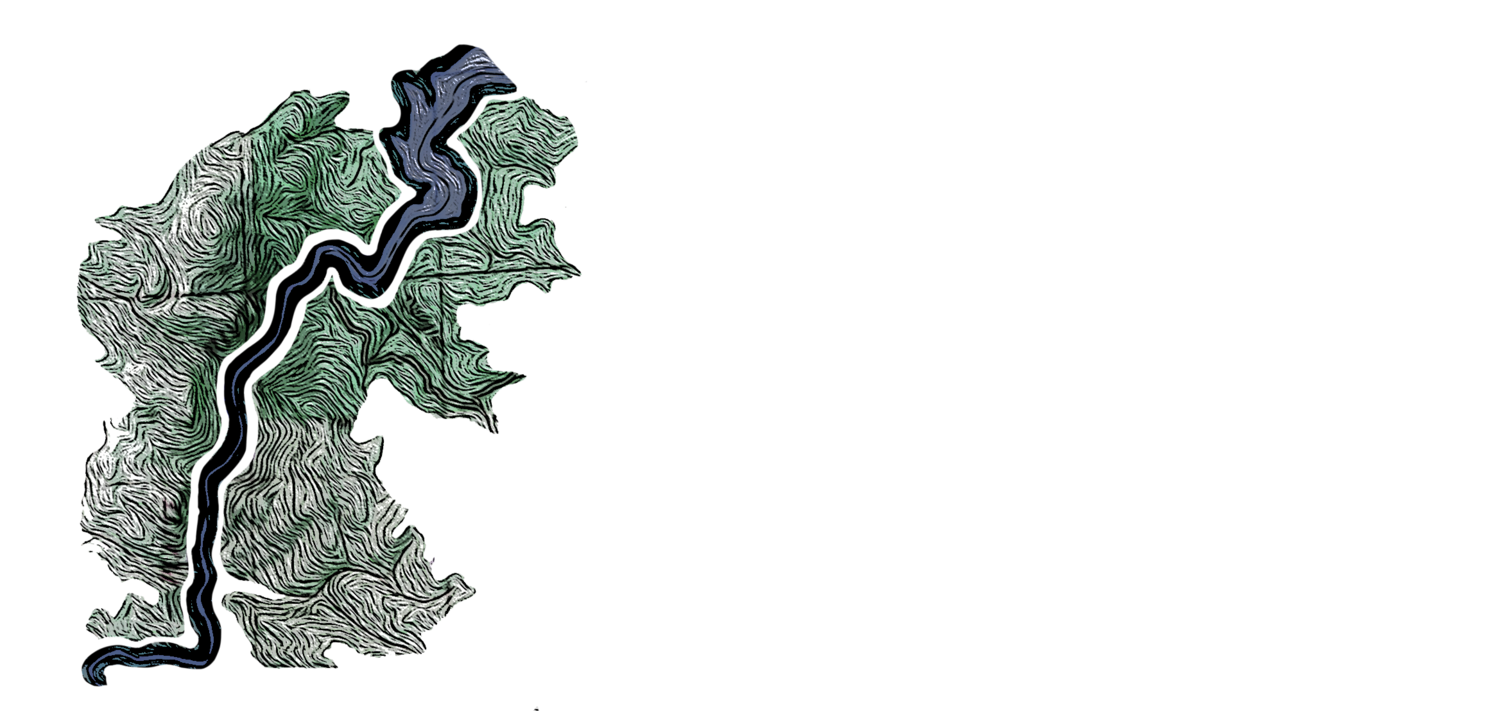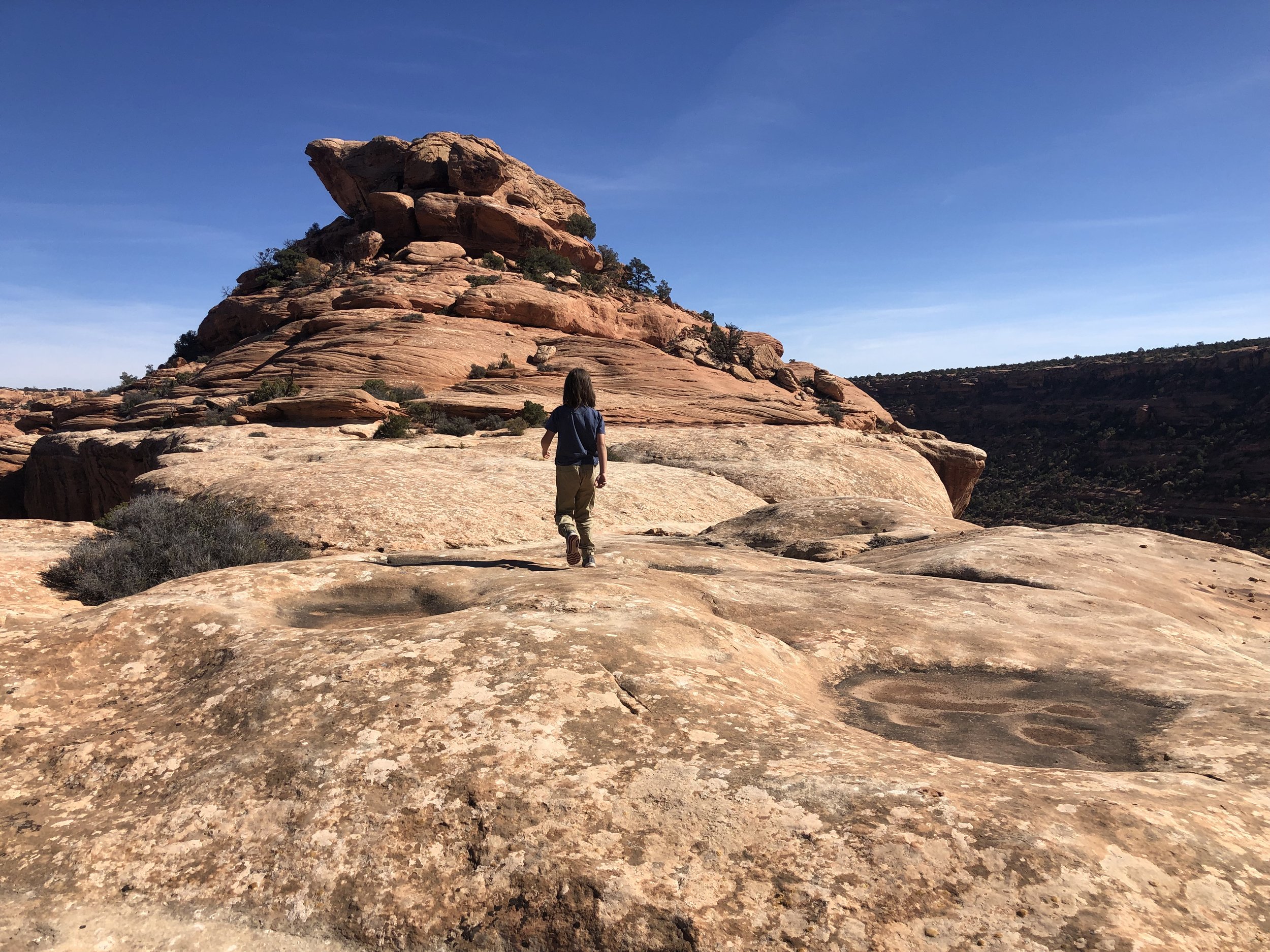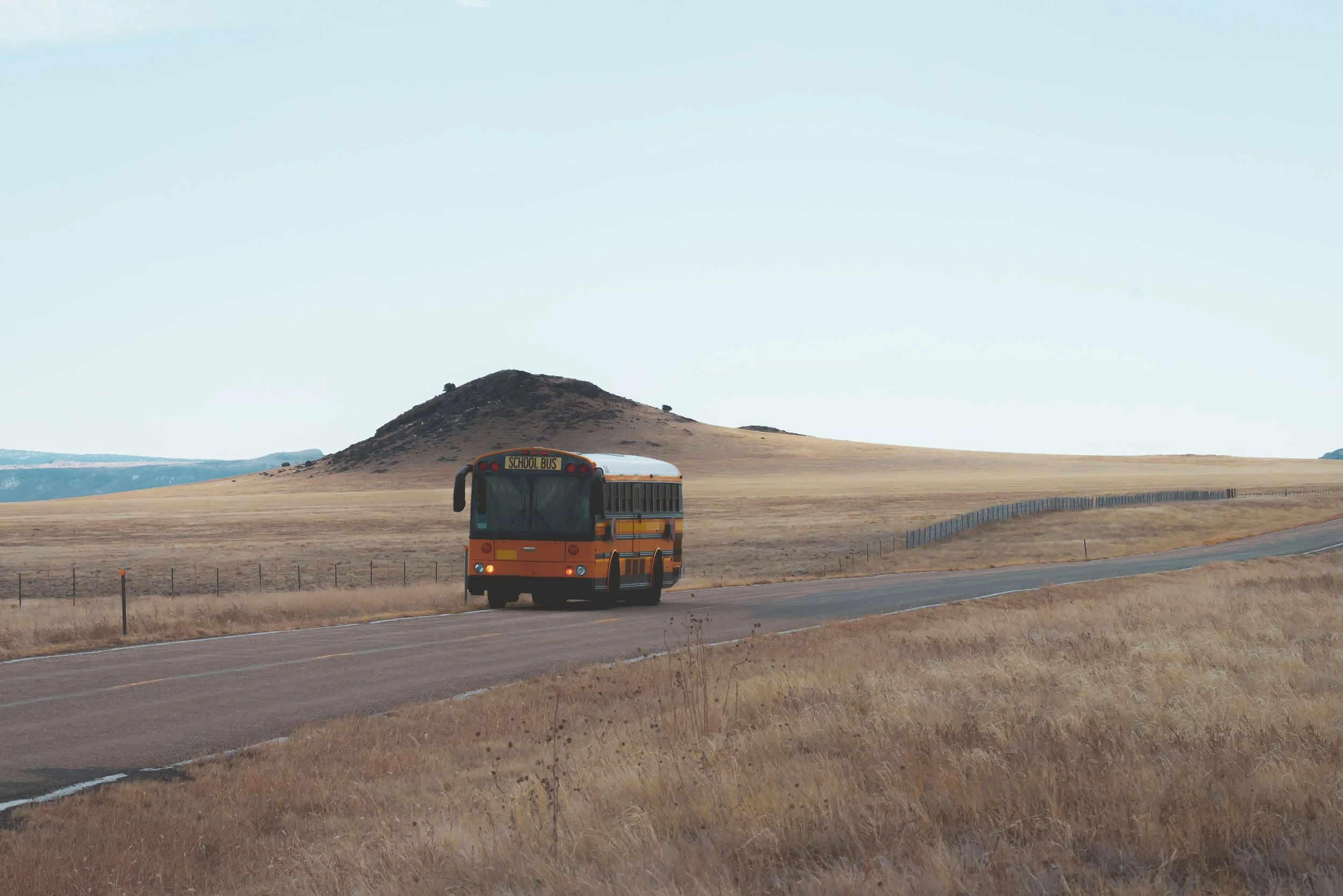Unpacking “Expeditionary Performance”
To be in motion, active, in a process of exploration. To be on a journey together…
I off-the-cuffed the term “Expeditionary Performance” to Kristine a year ago, and she immediately grabbed a hold of it, kept bringing it up and loving it more with every mention. It immediately resonated as a gathering place for most of what we’d been up to since founding Control Group together.
I don’t love playing the terminology game. It’s valuable to find precise language that communicates expectations and direction; and resonant language can fold back into the work, open new insights and connections. But too often it’s a trap, putting emphasis on the words instead of the work, bounding it in categories that override the work’s own voice, needs, impulses.
But this term feels too resonant not to engage with. It feels like a clear explanation of our work back to our first projects together as Control Group. It offers an exciting platform for artistic inquiry, and a valuable lens for understanding and deepening our artistic practice.
So, Expeditionary Performance.
As an emergent practice, Expeditionary Performance reflects an acknowledgement that a rich artistic process is a journey, and the resulting audience experience equally so. Our practice makes that overt – the creative process and the resulting audience experience entail actual journeys.
This shifts…
…our relationship with our bodies, from passive to active, from a set of eyes and ears floating in the void of the theater’s seating area to a holistic kinesthetic awareness of self in dynamic relationship with surroundings, body in navigation of environment. This affects our agency within the experience, which shifts how we engage the work intellectually and emotionally as well as physically – finding our way through it, searching actively for meaning, participating in the event unfolding.
…our relationship with the venue, from the traditional ‘site of construction’ (where we construct the world of the work in the ‘neutral’ void of the theater) to a ‘site of exploration.’ This situates the work in the world, allows us to examine and relate to the world differently, and anchors imagination spaces to “real” space.
…our relationship with the space we occupy – an acknowledgement that we are all just sojourners through this world, navigating instead of laying permanent claim.
What it does for us and the work.
Through accessing these shifted/expanded potentials, Expeditionary Performance becomes a field of artistic inquiry as much as a stable category of form.
By embracing this term for our artistic practice, we’ve also started unpacking it as a lens for understanding how we work within our creative process.
We conceive our creative teams as expeditionary parties. We work to assemble resilient constellations of hardy adventurers with diverse abilities and experiences. We have designated responsibilities and expertises, but we collaborate in a “lane-loose” model, acting together to meet the project’s emergent needs. This activates the whole person toward the project, giving each person agency to contribute broadly instead of within the narrow parameters of their ‘job.’ The work relies on shoulder-to-shoulder navigation more than en-face consideration, shifting the balance between identity and action.
We conceive each project as an expedition into unfamiliar territory. We work from trajectory more than destination, allowing us to venture into the unknown with purpose and direction. We affiliate our process expeditions with research excursions, seeking understandings and experiences available through novel vantage points and contexts. We blaze our trail so that we can return to guide audiences along them. We practice Leave No Trace principles: we don’t lay claim or build edifices that we can’t unbuild on our way out.
With our audiences, we mobilize the effect expeditions have on heightening our sensitivity and curiosity. Journeys are special experiences not just because of what see and do while on vacation or adventure, but also because of how we are when we break with familiar rhythms and untether from readily interpretable surroundings. This allows us to live in curiosity, a fundamentally empathetic state that opens us toward embracing new perspectives and making different sense of the world.
Rooting down into the term.
In exploring this term as a way of understanding our work, I’ve traced it back into my personal development and history. A couple of my favorite findings:
I’ve spent the last 20 years stuck in the false conclusion that my love of dance and performance and my love of wilderness were mutually exclusive – in where I thought I needed to live (big city), and how I needed to allocate time and resources (working nonstop, with few vacations and not much money to get anywhere). “Expeditionary Performance” offers a route out of this false binary, into work engaged in the world, and wilderness trips as invaluable research activities.
I took my first dance class in college, and immediately fell in love with a practice that integrated mental/physical/spiritual practice, bridged easily into other art forms, and offered a field of practice that would never stop offering growth challenges and direct fulfillment. Expeditionary Performance shifts that from an artistic practice to an audience experience, focused on experiences that drop audiences into embodied states.
Pina Bausch (my artistic/spiritual godmother) said famously “I’m not interested in how people move, but in what moves them.” When I first encountered the term “immersive” in the cast of Third Rail Project’s Sweet & Lucky, I quipped to the director that we were taking a critical step further in this direction, exploring “how to move people around.” Expeditionary Performance focuses on this aspect of immersive practice, inducting the audience into the choreography of the work, inviting them into dynamic embodiment, into relationship with and navigation of surroundings.
Sideline thoughts on making up terms.
It feels a bit pompous to create our own category of practice instead of embracing affiliation with a community of work – another misplaced manifestation of American Individualism, and an annoying practice of 20th century avant garde artistic production. And that is inescapably true in part; but it feels important to be accurate, and to use words that resonate with practice.
In the past, I’ve felt a bit cagey with how we label our work – Contemporary Dance, Experimental Performance, Total Theatre all feel like strong affiliations, but none of them comfortably embrace our work. If they are fields of practice, our work occupies corners of those fields.
The emergence of “Immersive” has been welcome in terms of simple clarities: it gave us a name for what we do, a category that opens us toward broader audiences and comfortably bridges different elements of our practice. I love how immersive arts brings the 20th century avant garde back toward the audience, conceiving “the work” as fundamentally an experience by the guest vs. a creation of the artist – a fundamentally empathy-driven practice.
But like anything popular, it has become both overused to the point of meaninglessness (see Kohler’s ad for an ‘immersive’ toilet, or the New York Times’s ‘immersive’ Daily podcast), and also developed an orthodoxy of practice and values, leading to the misplaced metric of how immersive an experience is as a measure of value.
All of which is to say, I happily claim “Immersive” as our basic field; and I’m ecstatic to have found more precise and resonant language to move us forward.



